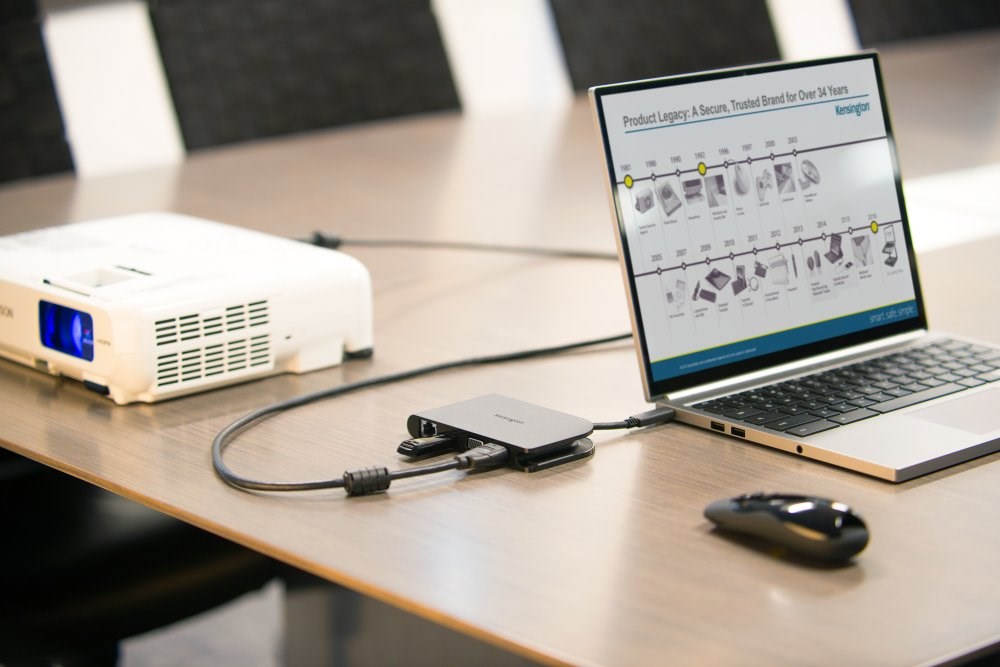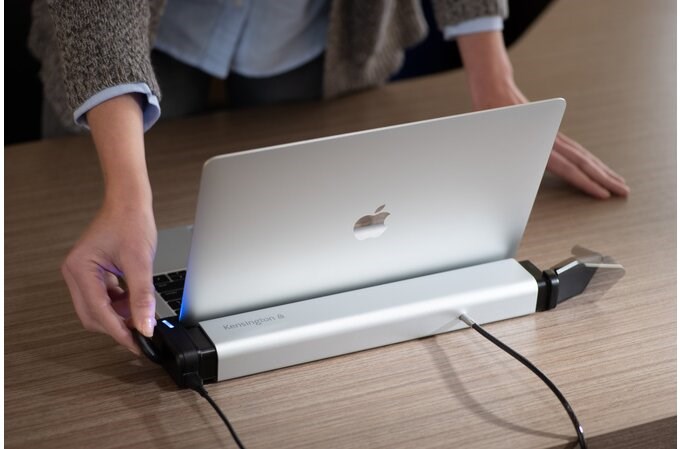
Protect yourself from keyloggers by using AES encrypted wireless keyboards and mice.
Here’s everything you need to know about this type of virus, and how we use AES encryption on our wireless input devices to put the best security at your fingertips. Literally.
What IS AES Encryption?
Advanced Encryption Standard is a security specification established by the National Institute of Standards and Technology (NIST) in the early 2000s. When used with wireless technology, it encrypts the packets of data before they’re sent from the device. This is called end-to-end encryption, and it ensures that your data remains safe at all points during transit.
How can keyloggers be prevented?
A keylogger is a type of spyware or monitoring software designed to record information that’s typed into a computer. They’re capable of tracking keyboard, mouse, and touch screen input. Some of the more advanced keyloggers can even record VoIP or voice chat conversations.
On its own, AES won’t prevent a keylogger from intercepting what you type. However, it will make it impossible for the hacker to access any potentially sensitive information that you’ve just entered.
AES encryption is a necessity for any business relying on wireless input devices. Fortunately, we’ve got you covered with everything you need.
How Kensington Products Promotes Office Security
You might think that cybersecurity involves strong passwords and a properly configured firewall guarding the router. At one point, that’s all it took. In 2020, you need much more sophisticated cybersecurity to handle all the clever schemes that cybercriminals have concocted.

Likewise, the technologically advanced nature of most workspaces means that there are plenty of overlooked opportunities to access your network. Here are four types of devices to minimize those opportunities by ensuring your whole workplace remains encrypted – no matter when, where, or how you prefer to work.
1. AES Encrypted Wireless Input Devices
Take a quick survey of how many wireless input devices you’ve got in your office right now. They’re more common than people realize, so the answer might surprise you. You might have wireless:
- Keyboards and mice
- Trackballs
- Presentation pointers
- Headphones and mics
- Docking stations
Each of these devices represents a point of entry onto your network. Consider replacing unencrypted devices with ergonomic tools like the Pro Fit® Ergo Wireless Keyboard or Presenter Expert to keep all transmission secure in the office.
2. Wired Devices
Reducing the number of wireless devices in an office reduces your attack surface or the number of opportunities hackers have to access your networks. If you’re primarily using wireless keyboards, for example, consider switching to wired keyboards instead.
Wired devices can still fall prey to a keylogger. Although, that keylogger needs to be installed physically as an adapter – something impossible for hackers to do unless they have physical access to your device.
The Advance Fit™ Full-Size Slim Keyboard is a great alternative to wireless keyboards. Comfortable, secure, and super easy to install, you’ll maintain the same level of daily productivity without the threat of (malicious) keyloggers.
3. Locking Stations
Pointing devices aren’t the only things that leverage the wonders of wireless. If your laptop’s locking station uses a key fob or other keyless locking technology, then it does, too.
Instead of collecting typed sensitive data, a hacker can use a keylogger to collect the authentication or verification methods needed to lock or unlock a device. From there, it’s just a matter of spoofing those credentials to liberate your laptop and ensconce into the ether.
The Laptop Locking Station with K-Fob™ Smart Lock comes with an encrypted key fob using our Smart Lock Technology.

4. Biometric Readers
Biometric readers are regarded as the leading standard in authentication. After all, it’s impossible to replicate your unique biometrics – or is it?
Biometric keyloggers have been around for over a decade. They’ve been a threat to fingerprint verification used for mobile device security for years, too.
When deployed correctly, biometrics are an excellent form of authentication because they’re impossible to replicate fraudulently. That’s a problem when they’re stolen.
However, since biometrics are such a new form of authentication, many people might not realize that devices supplying this security need encryption, too.
If you’re using biometric locks, make sure you’re using it securely. Pick up a VeriMark™ Fingerprint Key. It’s not just encrypted but comes with anti-spoofing software and integration with multi-factor authentication.
The vast majority of keyloggers out there are malicious, meant to steal sensitive information or user login credentials for a hacking attempt later. However, they’re also a common feature in parental controls or employee monitoring software. They allow network administrators to see exactly what you’re typing and what sites you’re visiting on the company computer.
Whether legitimate or malicious, you typically won’t know if a keylogger has been installed on your device. They’re also notoriously difficult to spot – even the most advanced antiviruses can struggle to identify them.
As a result, it’s hard to tell exactly what percentage of cyberattacks involve keyloggers, and how many of them cybersecurity experts discover on machines every year. However, in their 2019 State of Internet Security report, researchers from Akami found that an average of 115 million cyber breach attempts using stolen credentials happened each day.
The Wireless Vulnerability
Wireless technology has proven particularly vulnerable to keyloggers. These devices rely on internet connection much the same way that your laptop and printer do. If that connection isn’t secured, then anyone and everyone can access that connection to eavesdrop or intercept the information.
That’s exactly what keyloggers do. The malware (or the hacker) accesses the unencrypted connection and installs a keylogger that collects packets of data moving between a wireless keyboard and its receiver. Since it’s not officially on the computer, the keylogger is all but undetectable.
Get Real Security at Your Fingertips with Kensington
The nature of cybersecurity has changed tremendously as wireless technology has matured. In 2020, we need more than just an antivirus on our computers – we need security for all of our digital peripherals, including our keyboards.
AES encryption represents a front line of defense against keyloggers and other eavesdropping individuals or malware. By encrypting the packets of data sent from devices over the internet, it helps keep your most sensitive information from being stolen from the point where you would least expect it – your fingertips.
Browse Kensington’s full line of AES-encrypted devices and security products right here.